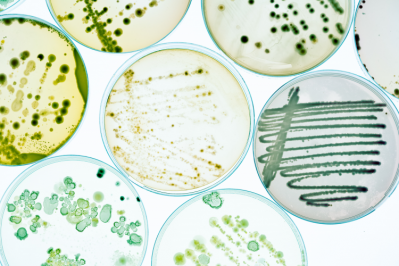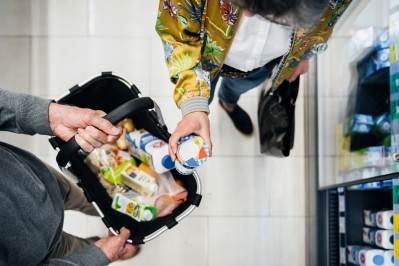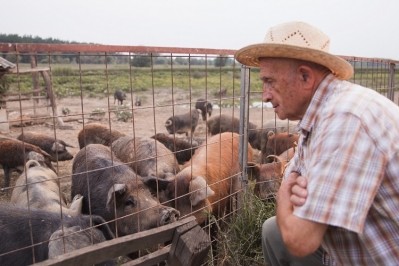‘Critical gaps’ in African food safety detected: ‘Urgent investment is needed’

The new research, released at the AOAC’s International Sub-Saharan Africa Section’s annual meeting this week, highlighted a ‘continuing lack’ of ISO certified food safety testing laboratories, with only 63% of African labs certified to ISO 17025: 2017 compared to 100% in Europe. The membership survey also highlighted gaps in training programmes, with 40% of respondent reporting that their establishment had no active training. More than one-fifth of labs, it transpired, report that they do not use official analytical methods.
The results were discussed at an online event organised by AOAC International, which brings together government, academia and industry to promote food safety and integrity. The current failings in the continent’s food safety regime could have significant consequences for both public health and economic growth, AOAC International stressed.
“These results would be troubling enough from both a public health and a trade enablement viewpoint at the best of times,” AOAC International Sub-Saharan Africa President Dr Owen Fraser said. “But this comes just a few months after Africa has launched its Continental Free Trade Area, with the ambition to increase intra continental exports by over 80% by 2035.”
Dr Fraser said that food safety issues are likely to have a negative impact on trade within the continent and further afield. “Agricultural raw materials and finished food products are predicted to be key to this [export ambition] – but if the means to test safety, quality and regulatory conformity are lacking, these ambitions could be severely impeded. And that doesn’t even consider the continent’s ability to positively impact its US$43bn food trade deficit by exporting beyond the continent to markets such as Europe, whose standards are becoming ever more exacting. If this is to change for the better, significant and urgent investment is needed in physical laboratory infrastructure as well as human capacity.”
Action needed to jump-start progress on safety
The research was passed on polling of the Section’s 370 members. It built on a similar study carried out in 2018 and ‘some improvements’ were observed. This year, the percentage of accredited laboratories was up by nearly one-quarter, rising by 23% versus the previous result. Meanwhile, some 65% of food testing labs ‘regularly participated’ in ISO 17043 accredited proficiency test schemes versus 60% in 2018, and of those 76% achieved a ‘satisfactory performance’ compared to less than 50% in 2018.
However, AOAC International revealed in other areas the situation had ‘deteriorated significantly’. The organisation said a decline observed in lab infrastructure is a ‘particular concern’, with 40% of survey respondents reporting their lab infrastructure was ‘good or excellent’ compared to 50% in the earlier study.
“And that conceals even more worrying trends,” Dr Fraser warned. “Sixty-seven percent of laboratories surveyed have no digitised Laboratory Information Management system. This means that the process for tracking samples through the laboratory is not formalised, and whilst this may bot be a barrier to gaining accreditation, it may well be a barrier to maintaining that accreditation over time.”
Equipment usage rates had also fallen, with respondents reporting 62% of unused analytical machines in their facilities compared to 50% in 2018.
“We need much more concerted action and investment on the part of the member states, the continental and regional authorities and the development partner community. If there isn’t, conformity assessment capacity in Africa will remain at a fraction of what the continent needs to ensure safe, healthy diets for its fast-growing population and its trade potential both intra-continentally and beyond Africa,” Dr Fraser stressed.
“It is time for this topic to be taken seriously and the required resources made available as a priority.”


















